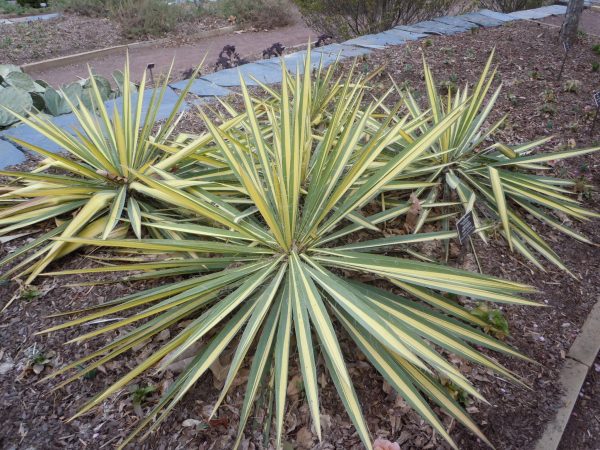Radish

Raphanus sativus
Radishes are fast-growing, cool-weather vegetables. They grow any place they can have some sun and moist, fertile soil. They do well in gardens, pots, planters, flower beds, and cold frames. Some people grow them in boxes of sand on high-rise balconies.
• More detailed information can be found in The Georgia Fruit & Vegetable Book by Walter Reeves and Felder Rushing
• See also:
Fresh radishes make tasty garnishes, hors d’oeuvres, or additions to salads. Because they are some of the first things to plant in spring and develop so quickly, radishes are great vegetables to use to introduce children to gardening. The kids don’t get bored waiting for something to happen.
WHEN TO PLANT
Sow seeds as soon as the soil is dry enough to work for a spring crop. You can tell when you can squeeze a handful of soil into a ball and it crumbles. Sow seeds in late summer or fall for a fall or winter crop.
WHERE TO PLANT
Plant radishes in full sun (8 to 10 hours will suffice) or partial shade (filtered sun all day or shade part of the day). Choose a well-drained part of the garden, which will dry out more quickly and allow an early start.
HOW TO PLANT
Apply a complete garden fertilizer, such as 10-10-10, at a rate of 11/2 pounds per 100 square feet of garden. Work the soil into a fine seedbed (make sure the soil is finely broken up). Poor germination will result from improperly prepared soil. (See “Soil Preparation” in the introduction to the vegetable garden.) Sow seeds about 3 per inch in rows 8 to 10 inches apart, and cover them with 1/4 inch of fine soil. Thin spring radishes to 1 inch; thin winter radishes to 3 or 4 inches. In beds, broadcast the seed, and thin to 2 or 3 inches in each direction. Make sowings every week to have a continuous supply of radishes all spring. For summer seedings, place a board over each row to keep the soil from drying or from being compacted by pounding rain. Check twice a day to see whether the seedlings have begun to emerge, and remove the boards as soon as any appear. Because the fall crop will take longer to mature, sow more seeds every 10 days or so. Fall radishes are larger and crisper-and hotter-and they can be stored in the ground longer since they do not bolt.
CARE AND MAINTENANCE
Radishes are not labor-intensive plants. Hoe or pull the weeds, especially while the seedlings are small, so they don’t compete with the radishes for water and nutrients. Keep the plants growing because radishes that develop slowly will be hot and pithy (soft and mealy). Apply 1 inch of water when there has been no rain for a week or so.
ADDITIONAL INFORMATION
Harvest spring radishes at about 1 inch in size and winter radishes at 3 inches. Radishes stop developing in hot weather and send up seed stalks.
VARIETIES
Varieties
Days to Maturity
Comments
Spring (Other):
Easter Egg
25 days
Various colors.
Plum Purple
25 days
Deep magenta.
Spring (Red):
Champion
28 days
Large, round.
Cherry Belle
22 days
Round, bright red.
Early Scarlet Globe
23 days
Bright red.
Spring (White):
Burpee White
25 days
Smooth.
Snow Belle
30 days
Round.
Spring/Summer:
French Breakfast
23 days
Slow to bolt, red with white tip.
French Dressing
25 days
Red with white top.
Icicle
25 days
Long, slim, white.
Winter:
Black Spanish
55 days
White with black skin.
Chinese White
60 days
Blunt.
Tama
70 days
White daikon type, 18 inches long.















